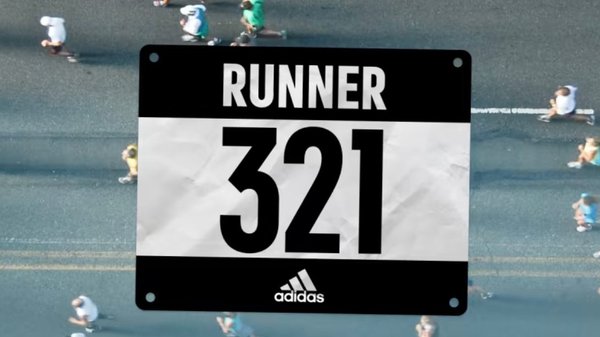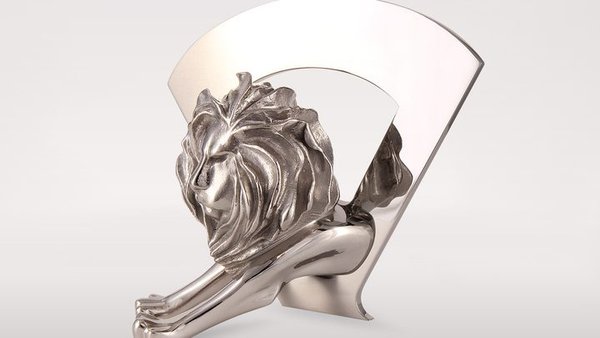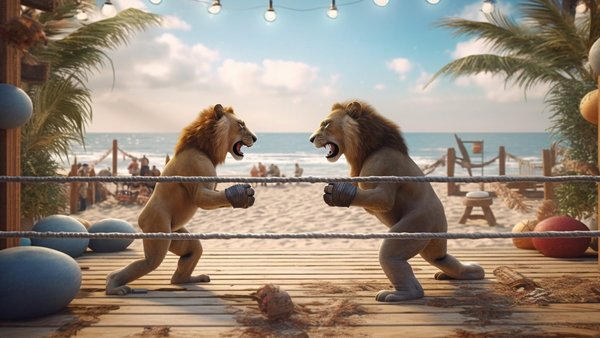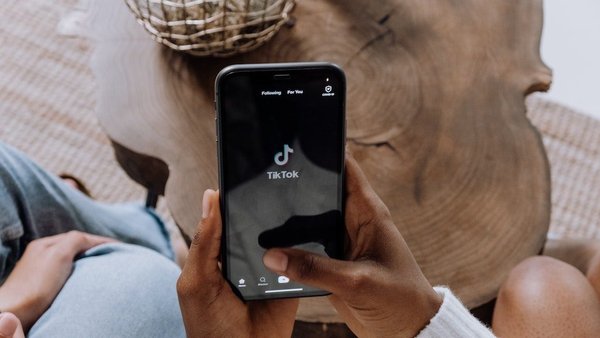How marketers turn their buyers into brand sellers /
Contagious sifts through its I/O platform to find examples of brands turning customers into marketers

No matter how creative or well-targeted a brand message, it will rarely match the power of a personal recommendation.
Regular people know it (Nielsen has repeatedly found that consumers trust friend and family recommendations over ads) and marketers know it too (64% of marketing executives told the AMA that word of mouth is the most effective form of marketing).
Last month’s Strategist Digest included a study into the intrinsic qualities that make something worth sharing or talking about.
The researchers suggest that it comes down to two different types of arousal (energetic and tense) and whether an experience or piece of content affects one or the other in the right way.
But marketers long ago learned that if you want to get someone to talk about your brand or share your message without understanding complex and mysterious states of arousal, you’re going to have to come up with incentives. And technology has made it easier than ever to turn your customers into sellers of your product, too.
Here are some of the best examples of brands that learned to weaponise their audience, taken from I/O, our online database of case studies.
Lidl /
German discount supermarket, Lidl weaponised its fans (called ‘Lidlers’) in Sweden by asking them to open ‘shops’ in their homes. The brand offered them a box containing enough fresh ingredients for a three-course dinner for six people, Lidl-branded clothes, baseball caps, store signs and even a Spotify album featuring in-store sounds and soundbites. Here, Lidl tried to encourage early adopters to spread the message about its low-price, hiqh quality products to others in a market where it was struggling to gain a foothold.
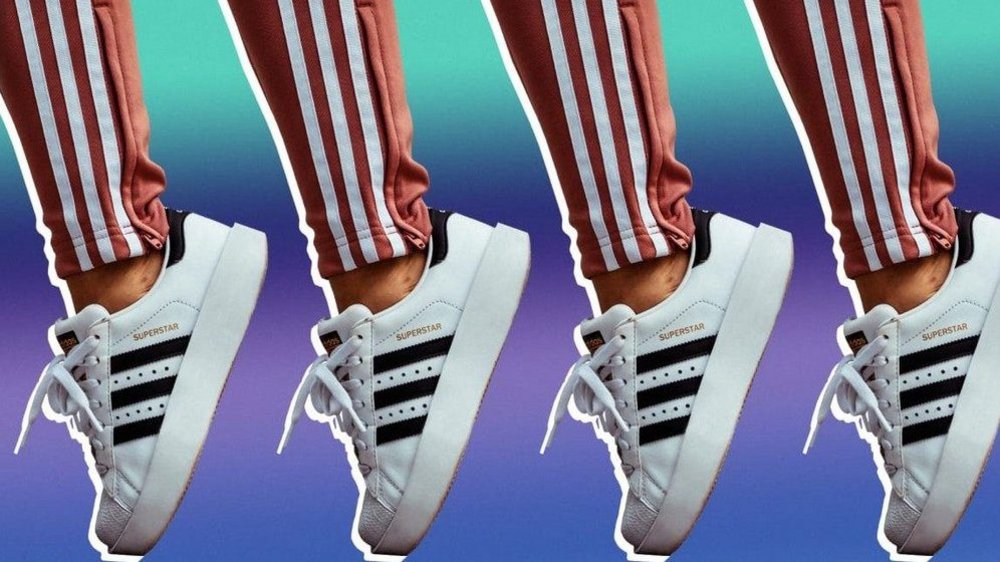
Adidas /
Adidas invited approximately 10,000 members of its Creators Club to become
‘social sellers’. These sellers were encouraged to promote Adidas products among their friends and family. If they made a sale, they received 6% commission (There was also the option to donate earnings to Girls on the Run, a charity).
Adidas used Storr, an ecommerce platform that lets people open their own digital shops, to create the campaign.
Adidas’ senior director of digital activation, Chris Murphy said: ‘If you think about where our consumers go to get advice or ideas, it’s their friends ... people in their social sphere already.’
Diesel /
Fashion label Diesel gave discounts and other rewards to people who created their own e-shops as part of its SIDE:BIZ campaign. Participants shared and promoted their shops on social media and earned Diesel rewards, like birthday gifts and party invitations, for driving sales. According to Diesel, 37,000 SIDE:BIZ stores were created and the brand’s sales increased 33% in the wake of the campaign.
KFC /
To attract younger customers to the brand, KFC in China created a campaign where people could use WeChat (a messaging, social media and payments app) to open their own online store and sell KFC discounts to friends and family. Pocket Franchise sellers could pick and choose what to sell, meaning they could recommend their favourites and personalise their virtual storefront. According to Isobar China and Ho Communication Shanghai (agencies that worked on the campaign) more than 2 million Pocket Franchises were created in 120 days, resulting in 43 million PMB ($6m) in direct sales.
VLine /
To increase the number of off-peak trips made by people visiting friends and relatives, this Australian transport service worked with McCann Melbourne to help parents guilt trip distant loved ones into making a trip back. People could send out ‘guilt trip’ tickets by visiting a microsite where they were able to book, create and send out their tickets. Instructional guidebooks, a YouTube series and traditional multimedia campaigns helped encourage loved ones to come home and teach parents how to intensify their guilt-tripping abilities. This led to a 15% increase in off-peak ticket sales and 123,000 tickets were bought, generating $4 million in revenue.
If you think a tool that lets you search for the best examples of commercial creativity according to business sector would help your business — get in touch. Click here to find out more about how to subscribe to I/O.
Want more of the same? /
We don’t just write about best-in-class campaigns, interviews and trends. Our Members also receive access to briefings, online training, webinars, live events and much more.



